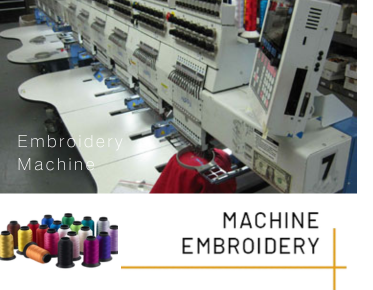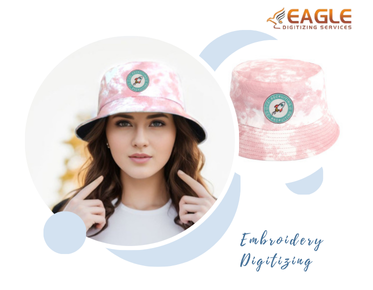The Intricacies of Screen Printing Costs
Screen printing is often perceived as an expensive method of transferring designs onto fabrics, but what underlies these high costs? Understanding the myriad factors involved is crucial for both consumers and businesses seeking high-quality prints.
The Complex Process of Screen Printing
One of the primary reasons screen printing is costly is the intricate setup involved. This type of printing requires separate screens for each color in a design, and each screen involves precise preparation and application. The process utilizes a technique known as color separation, where vector art services can significantly help by ensuring each layer of color is perfectly applied. Businesses like Eagle Digitizing provide such services, ensuring that each color is presented vivid and exact on the final product.
Materials and Expertise
Screen printing involves a range of materials, from the inks used to the screens themselves, which must be finely crafted. Specialized ink can include plastisols, water-based inks, and discharge inks, each chosen according to the fabric type and the desired effect. Beyond materials, the level of expertise required to handle this process is significant. Professionals must ensure that registration, or the alignment of colors, is perfect. The need for such skill adds to the service's overall costs.
Economies of Scale and Cost Efficiency
The unit cost of screen printing decreases as order quantities increase. This is because setup costs for the screens are distributed over more items. However, achieving this economy of scale requires larger initial investments, deterring smaller businesses or individual consumers from opting for this printing method unless bulk production is desired.
Quality and Durability
Another factor contributing to higher screen printing costs is the exceptional quality and durability it offers. Compared to other methods like digital printing, screen printing provides a thick layer of ink that remains vibrant even after many washes. The robust nature of the resulting prints justifies the expense for those seeking long-term use. Investing in vector conversion services ensures that designs retain their sharpness and detail.
Environmental Considerations and Innovations
In recent years, eco-friendly practices have been adopted to make screen printing more sustainable. This includes using water-based inks and reducing chemical waste. While these innovations are environmentally beneficial, they often increase production costs, which are then passed on to consumers.
Custom Designs and Market Trends
Customization is a growing demand within the printing industry. Creating unique designs encourages additional effort in design preparation and screen make-ready, impacting the overall price. In line with modern trends, businesses like Eagle Digitizing offer vector art conversion services that tailor graphics specifically for screen printing applications, meeting consumer demands while maintaining quality.
Looking Ahead
The future of screen printing may well hinge on technological innovation and material advancements that could streamline the process and reduce costs. Companies that continue to invest in advanced vector conversion techniques and eco-friendly practices are likely to not only lower prices but also enhance the industry’s reputation for sustainability. This evolving landscape presents both challenges and opportunities for print shops, requiring vigilance and adaptability to sustain competitiveness.
As screen printing evolves, so too do the expectations of quality, sustainability, and cost efficiency. Understanding these developments allows businesses and consumers alike to make informed decisions about which printing method best suits their needs.
.png)


